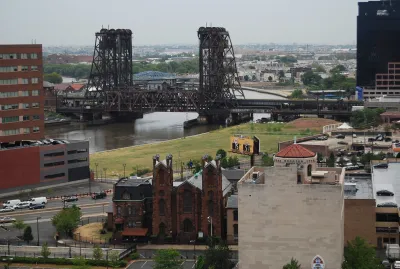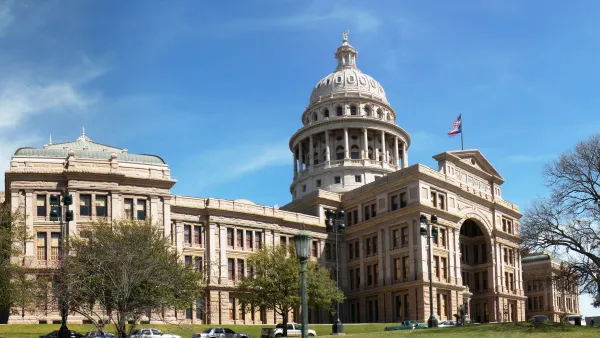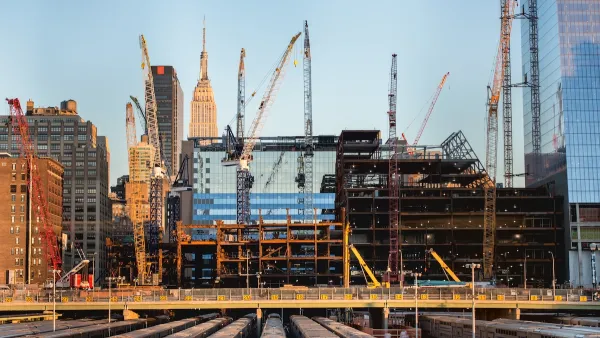In New Jersey, a cap-and-trade system existed for two decades and appeared to just perpetuate housing and social inequities. But now legislators and researchers are considering it again.

Kriston Capps writes that some New Jersey state legislators have proposed bringing back a cap-and-trade system for affordable housing that was in place from 1988 to 2008. In response to the Mount Laurel Doctrine, which required municipalities to produce affordable housing, New Jersey established new fair housing rules, including the cap-and-trade system. It permitted a municipality to pay another city or town to take on half of its affordable housing obligation.
This system undermined much of what the Mount Laurel Doctrine sought to achieve. Wealthy cities sent housing elsewhere, and those sending cities also saw huge gains in employment while the receiving ones lost jobs.
A reasonable conclusion is that bringing such a system back would just exacerbate inequality. "Cap and trade, after all, would seem to give rich communities an out on fair housing. This could reward the nation’s worst impulses, since opposition to low-income housing is often rooted in racism," notes Capps.
But Robert Wassmer and Imaez Wahid published a paper last year suggesting that a version of cap and trade might be a way to more readily reveal the underlying prejudices about affordable housing driving such a program in the first place:
Cap and trade between communities with similar outlooks and incomes would look different. Affluent NIMBYs would have to find other affluent NIMBYs and reach a deal, Wassmer says. This might shed light on the irrational beliefs (racism and classism) behind the rational motivations (perceived home value) underlying NIMBYism. Wassmer says that he predicts that in a true neighborhood cap and trade, no trading would happen at all.
They say that homeowners’ perceptions about the effects of affordable housing on property values are not totally irrational and a relationship does exist between racial demographics and home sales prices, even if other quality of life measures in a neighborhood do not change.
"Low-income housing doesn’t acidify the oceans or exacerbate forest fires. Unlike with climate change, there isn’t a NIMBY problem to solve except perception," notes Capps. Wassmer and Imaez suggest that putting a dollar value on these NIMBY perceptions and forcing cities to pay up could be an effective way to make communities rethink their views on affordable housing.
FULL STORY: Putting a Price on NIMBYism

Analysis: Cybertruck Fatality Rate Far Exceeds That of Ford Pinto
The Tesla Cybertruck was recalled seven times last year.

National Parks Layoffs Will Cause Communities to Lose Billions
Thousands of essential park workers were laid off this week, just before the busy spring break season.

Retro-silient?: America’s First “Eco-burb,” The Woodlands Turns 50
A master-planned community north of Houston offers lessons on green infrastructure and resilient design, but falls short of its founder’s lofty affordability and walkability goals.

Test News Post 1
This is a summary

Analysis: Cybertruck Fatality Rate Far Exceeds That of Ford Pinto
The Tesla Cybertruck was recalled seven times last year.

Test News Headline 46
Test for the image on the front page.
Urban Design for Planners 1: Software Tools
This six-course series explores essential urban design concepts using open source software and equips planners with the tools they need to participate fully in the urban design process.
Planning for Universal Design
Learn the tools for implementing Universal Design in planning regulations.
EMC Planning Group, Inc.
Planetizen
Planetizen
Mpact (formerly Rail~Volution)
Great Falls Development Authority, Inc.
HUDs Office of Policy Development and Research
NYU Wagner Graduate School of Public Service



























